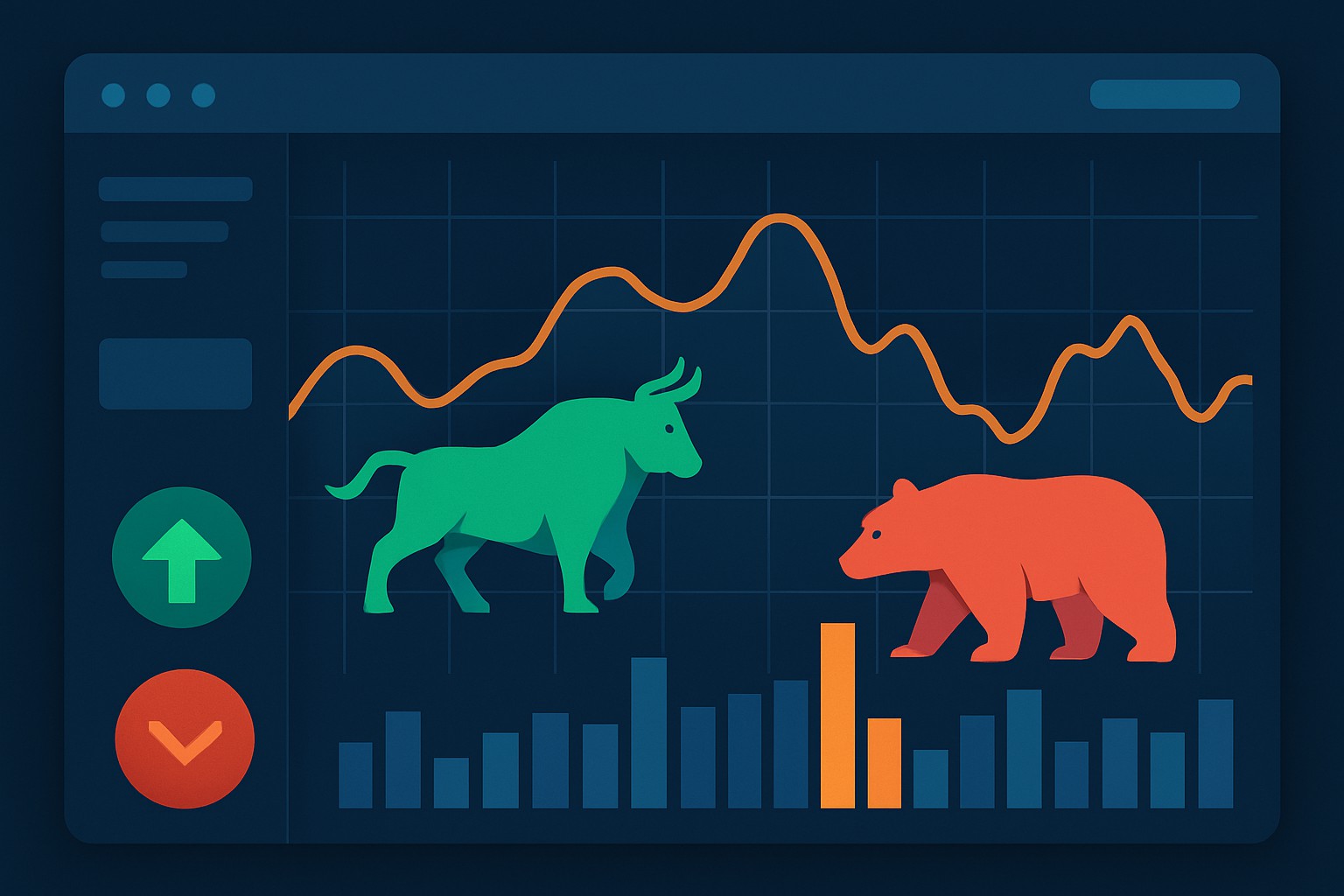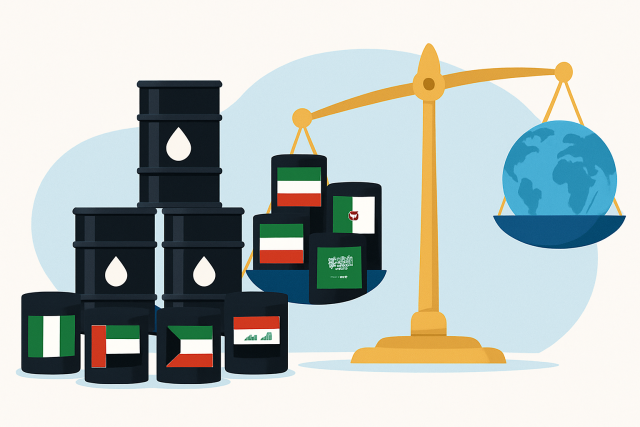
Meaning of Non Farm Payroll for Traders
The Non Farm Payroll report is a key economic indicator shaping trading strategies worldwide. This a...

The CBOE Put Call Ratio is a well-known market sentiment gauge that compares the trading volume of put options to calls. Getting a handle on this ratio can often give investors a clearer read on the market’s overall mood and nudge them to tweak their strategies accordingly.
The CBOE Put Call Ratio measures the relationship between the number of put options and call options traded on the Chicago Board Options Exchange. A put lets you sell a stock, while a call gives you the right to buy one. This ratio is a handy way to keep an eye on how active trading is between these two types of options.
The put call ratio is a handy barometer of market sentiment because it gives a snapshot of what investors think about the market’s next moves. When this ratio climbs it usually signals that bearish moods are rising as more individuals gear up for a market downturn. On the flip side a lower ratio often hints at growing bullish confidence and investors feeling optimistic about what’s ahead.
Understanding the put call ratio involves more than just knowing the numbers. It’s about reading between the lines and keeping a finger on the market’s pulse. A moderate ratio usually signals a fairly balanced mood among traders. Values that swing too high or too low often provide important clues and hint at potential trend reversals or confirm that a trend might be gaining real momentum.
Get a handle on the usual range for the put call ratio which typically hangs out between 0.7 and 0.8. This gives you a good baseline for what counts as normal market mood.
Keep an eye out for a high ratio above 1.0 as it usually means investors are snapping up more puts hinting at a bump in caution or some hedging.
When you spot ratios under 0.6 take it as a green light of sorts. Bullish vibes are running strong with calls stealing the spotlight.
Check the bigger picture by looking at recent price swings, volatility and any fresh economic headlines before jumping to conclusions.
Use the put call ratio together with other tools like moving averages or volume analysis to back your trading moves with more confidence.
| Put Call Ratio Range | Typical Sentiment Implication | Example Market Scenario | Suggested Trader Action |
|---|---|---|---|
| Below 0.6 | Signals a strong bullish vibe, optimism running high | Market is rallying and enthusiasm is contagious | Consider leaning into bullish positions and hold on tight |
| 0.6 - 0.8 | Reflects a more neutral or well-balanced mood | Trading days are pretty typical, nothing wild | Keep your current positions and keep a close eye out |
| 0.8 - 1.0 | Indicates growing caution with a hint of bearishness | Early jitters and a flicker of doubt creeping in | Play it safe: adopt a defensive stance and think about hedging your bets |
| Above 1.0 | Suggests heightened bearish sentiment or even panic setting in | Market sell-offs or sudden bouts of fear spiking | Maybe try some contrarian moves here—buying dips could pay off |
| Above 1.2 | Points to extreme bearishness, possibly capitulation hitting | Market might be scraping the bottom, oversold and weary | Stay sharp for reversal clues and be ready to jump back in with long trades |
Picture this: the put call ratio just shot up to 1.15 after several weeks of gentle declines in the stock market. A high ratio like this usually signals that investors rushed to buy puts either as a safety net or because they’re betting on the market sliding further—basically a sign that nervousness is on the rise. Seasoned traders often take this as a classic contrarian buy signal. They anticipate the market might just hit bottom after all that gloom and doom.
The put call ratio is pretty handy but it’s often misunderstood in my experience. Lots of individuals expect it to predict exact market moves, when really it’s more of a barometer for market mood rather than a crystal ball.
Traders lean on the put call ratio in quite a few ways, from contrarian plays to managing risk and hedging their bets. It usually pairs nicely with technical and fundamental analysis, helping investors get a better handle on the right moments to jump in or step out of positions.
The put call ratio can be quite handy though it’s not without its quirks. It’s often swayed by institutional trading habits and those pesky data oddities, plus it shifts around depending on the asset class you’re looking at.
Keep a close eye on the put call ratio by relying on trustworthy platforms that provide fresh and reliable data. Make it a habit to check those ratios daily and weekly. Then weigh the latest figures against historical averages—you'll often spot something interesting when values swing to the extremes as they tend to reveal stronger market vibes.
Start with reliable data sources like the official CBOE website or popular financial platforms such as TradingView, which offers user-friendly charting and technical analysis tools that make tracking option metrics a smoother ride.
Keep a sharp eye on the put call ratio across both daily and weekly timeframes as well as the longer, unfolding stories.
Compare the ratio against historical averages to get a clearer picture of whether current market sentiment is running hotter than usual or just cruising along in familiar territory.
Watch out for sudden spikes or drops in the ratio, since these can often be the market’s subtle way of sending a heads-up about upcoming shifts.
Blend the put call ratio insights with volatility indices and trading volume putting these pieces together usually paints a clearer market portrait and helps avoid those pesky misread signals.
Struggling to improve your trading performance? Edgewonk's advanced analytics tools are designed to give you the edge you need.
With detailed trade journaling, robust strategy analysis, and psychological insights, you'll gain a comprehensive understanding of your strengths and weaknesses. Don't miss out on this game-changing opportunity.
Traders, it's time to elevate your game. Edgewonk is the ultimate trading journal software designed to empower you with data-driven insights and personalized strategies. Take control of your trading journey and maximize your potential.
23 articles published
Transforming the field of commodities trading through sustainable investing principles, she bridges traditional finance with ESG considerations.
Read Posts
The Non Farm Payroll report is a key economic indicator shaping trading strategies worldwide. This a...

Oil inventory reports are key to understanding energy markets. This article breaks down how inventor...

Discover the true goal of OPEC in global markets, how it influences oil prices, stabilizes economies...

Retail sales data reveals crucial insights into consumer spending and economic health. This article...
